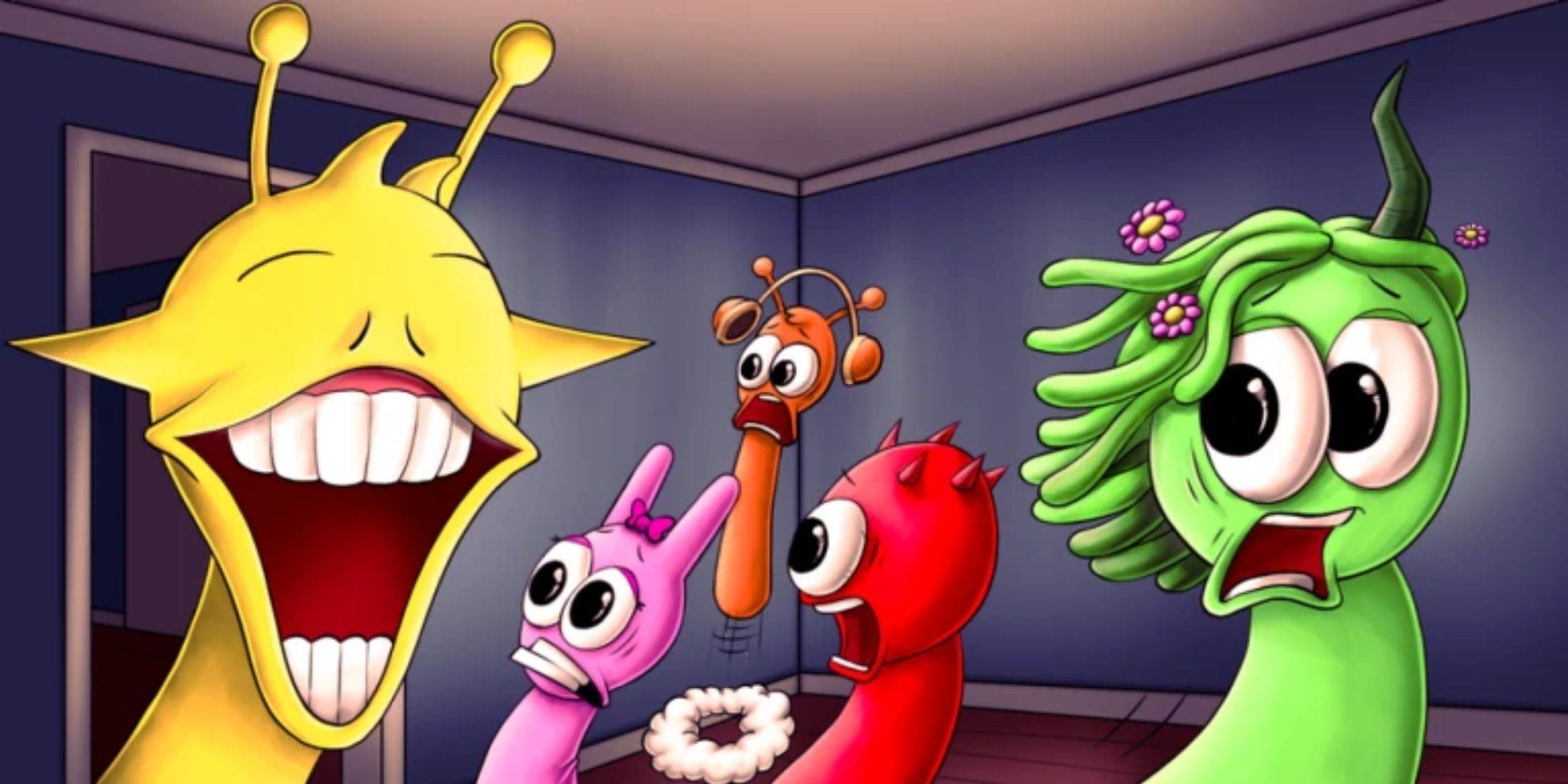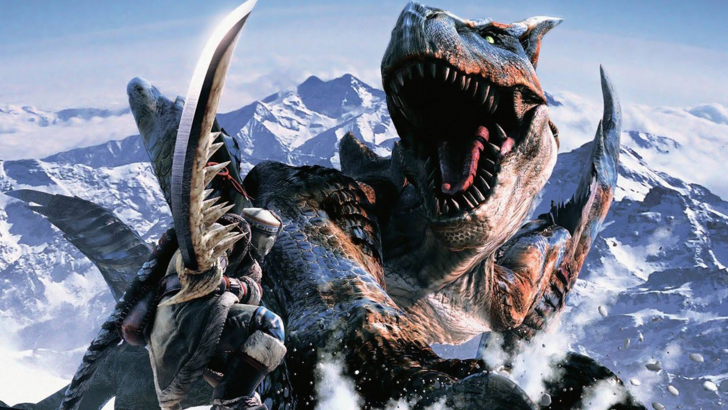
Monster Hunter is renowned for its diverse array of weapon types and engaging gameplay, but did you know that there are even more weapons that haven't made it into the newer games? Dive into the history of Monster Hunter weapons and discover more about the franchise's evolution.
← Return to Monster Hunter Wilds' main article
History of Weapon Types in Monster Hunter
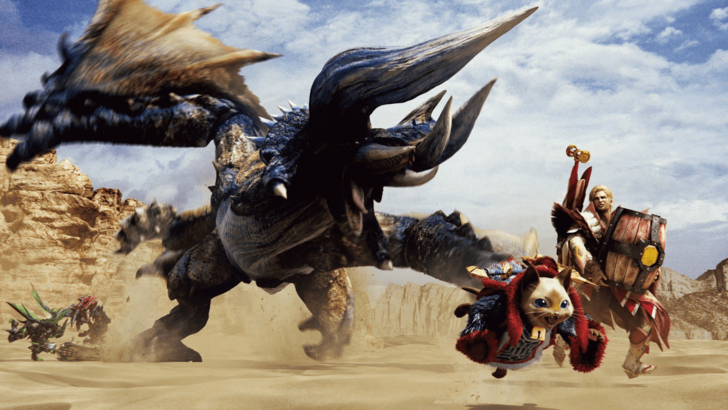
Monster Hunter has been a beloved series for over two decades since its debut in 2004. One of its defining features is the variety of weapon types available to players. Monster Hunter Wilds offers fourteen distinct weapon types, each with unique strengths, weaknesses, movesets, and mechanics that players must master.
The evolution of these weapons from their initial forms to their latest iterations is remarkable. For instance, the difference between the Great Sword in its earliest version and its current form is striking. Moreover, there are additional weapons from older games that were never released in the West. Let's explore the history of Monster Hunter, focusing on the evolution of its weapons.
First Generation
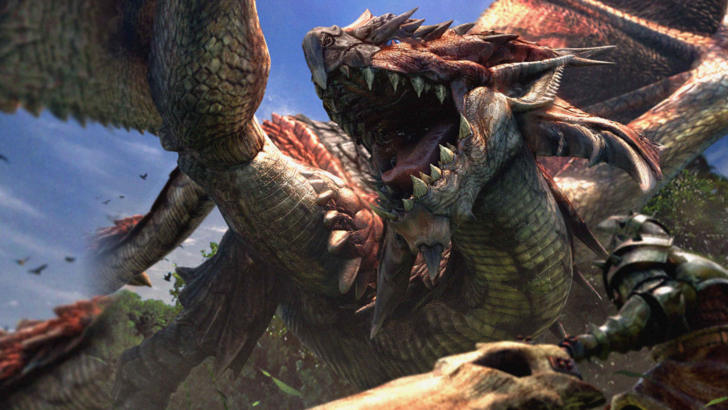
The first generation of Monster Hunter introduced weapons that have become iconic within the series. These original weapons have evolved over time, gaining new movesets, mechanics, and enhancements.
Great Sword
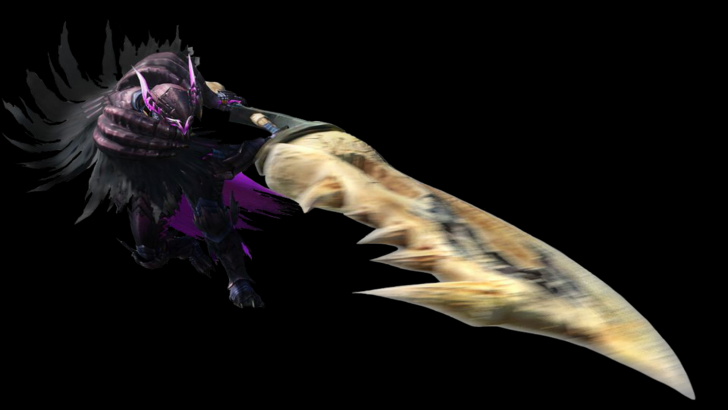
The Great Sword is arguably the most iconic weapon in the Monster Hunter series, introduced in the 2004 release. Known for its high damage output, it comes with a trade-off: slow movement and attack speed. The weapon's design initially focused on hit-and-run tactics, requiring careful spacing to maximize damage. A unique feature allowed for increased damage when hitting a monster with the middle of the blade.
In Monster Hunter 2, the Great Sword gained its signature Charged Slash, a powerful attack that can be charged to three levels. Subsequent games expanded on this mechanic, introducing new finishers and improving the flow of combos. Monster Hunter World added the shoulder tackle, enhancing the weapon's versatility and allowing quicker access to charged attacks.
Overall, the Great Sword is known for its low skill floor but high skill ceiling, rewarding players who can master its timing and maximize damage with True Charged Slashes in tight openings.
Sword and Shield
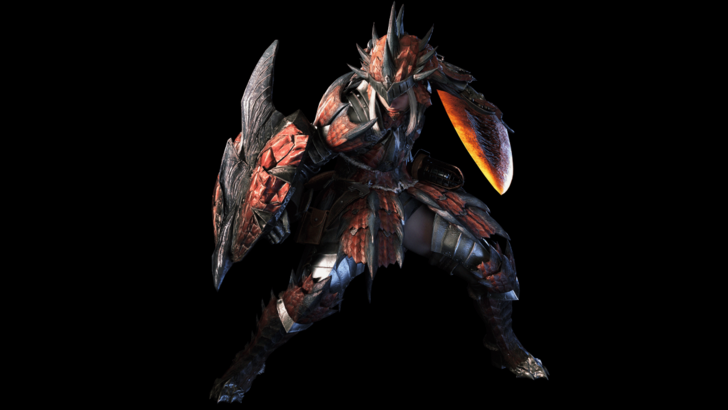
The Sword and Shield epitomizes versatility, offering a balanced setup with quick combos, good mobility, and the ability to block. Initially seen as a beginner's weapon due to its straightforward mechanics, it has evolved with added depth through the series.
Starting with quick slashes and mobility in its first iteration, Monster Hunter 2 introduced the ability to use items without sheathing the weapon. Later games added new moves like the shield bash combo, backstep, jumping attacks, and the Perfect Rush combo in Monster Hunter World and Monster Hunter Rise.
Despite its short range and lower damage output, the Sword and Shield is a jack-of-all-trades weapon, offering infinite combos, quick attacks, evasion, and blocking capabilities. It's often underestimated due to its simplicity but offers significant depth upon mastery.
Hammer
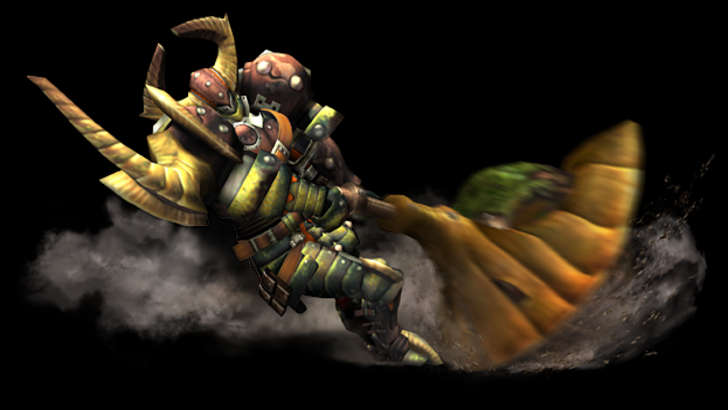
Hammers focus on blunt damage, making them ideal for breaking monster parts and achieving knockouts. Introduced in the first game, the Hammer's playstyle is similar to the Great Sword's hit-and-run approach but offers higher mobility and a unique charge mechanic that allows movement while charging.
The Hammer's moveset has remained largely consistent, with significant changes introduced in Monster Hunter World and Monster Hunter Rise, including the Big Bang and Spinning Bludgeon attacks. These games also introduced Strength and Courage modes, altering charge attacks and effects.
The Hammer's simplicity lies in its goal: target the monster's head to achieve quick knockouts, which can then be capitalized on with charged attacks and combo finishers.
Lance
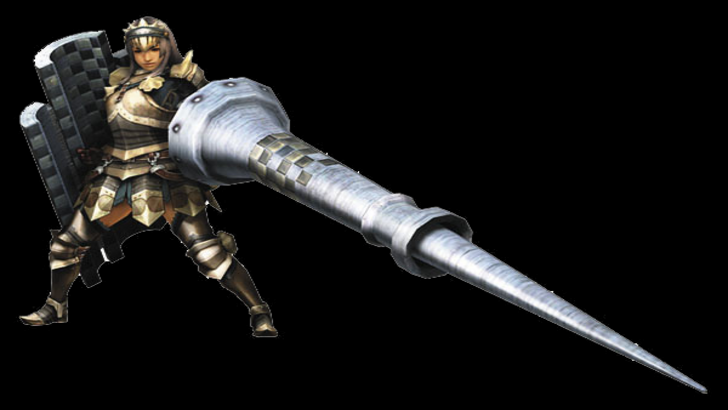
The Lance embodies the principle of a strong defense being a great offense. With its long reach and large shield, it excels at blocking most attacks and dealing consistent damage. Its playstyle is akin to an outboxer, using thrusts and counters while maintaining a defensive stance.
Often seen as less flashy, the Lance rewards players who can stand their ground and capitalize on its defensive capabilities. Its design contrasts with the Gunlance, offering a more defensive approach to combat.
Light Bowgun
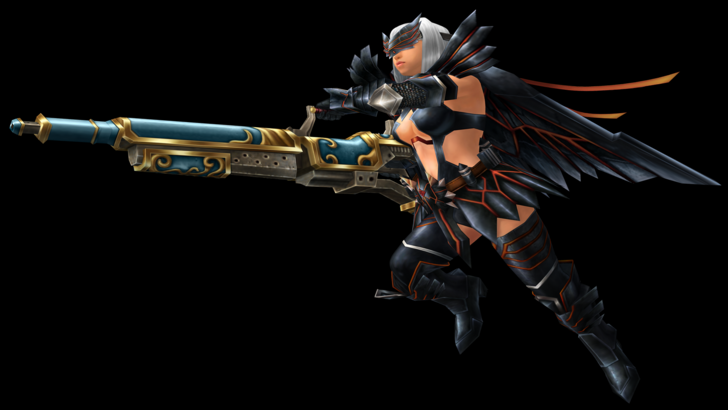
The Light Bowgun is a versatile ranged weapon introduced in the first generation, known for its mobility and fast reload speed. While it sacrifices some firepower compared to the Heavy Bowgun, it compensates with customization options like long barrels and scopes.
Monster Hunter 4 introduced the Critical Distance mechanic, adding depth to ranged combat. Monster Hunter World added the Wyvernblast, allowing hunters to plant explosive traps, further enhancing its mobile, run-and-gun style.
Despite its perceived simplicity, the Light Bowgun has evolved into a robust weapon with unique mechanics and specialties.
Heavy Bowgun
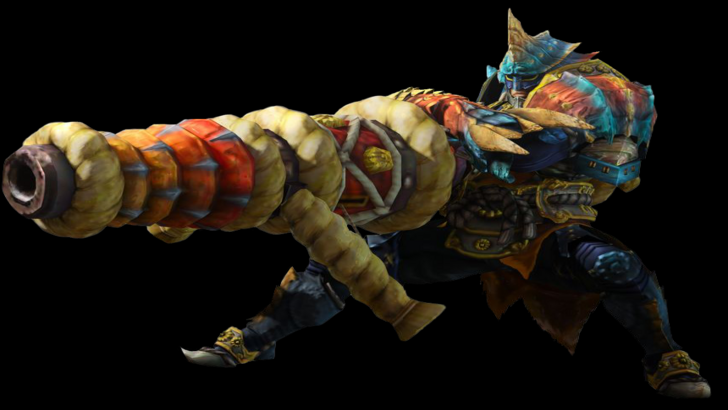
The Heavy Bowgun is the premier ranged weapon of the first generation, offering high damage and a variety of ammunition types. Its slow mobility is offset by its flexibility and customization options, including a shield for blocking.
Significant changes were made in Monster Hunter 3 with the introduction of Siege Mode, allowing for sustained firing without reloading. Monster Hunter World introduced Wyvernheart and Wyvernsnipe, special ammunition types that do not deplete the hunter's inventory.
The Heavy Bowgun's gameplay revolves around preparation, requiring hunters to craft and carry ammunition. Its core identity remains focused on delivering powerful shots.
Dual Blades
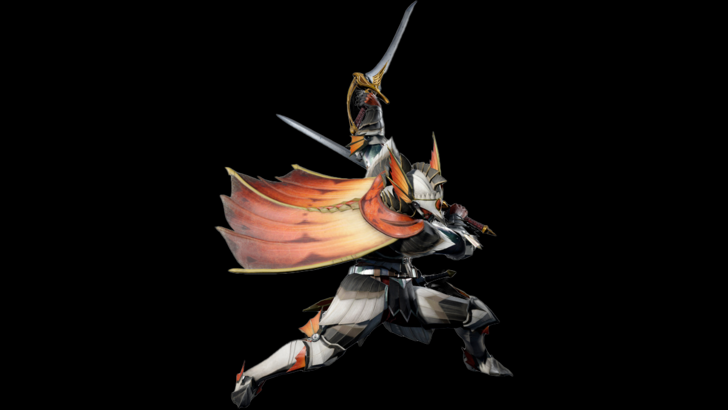
The Dual Blades are known for their speed and ability to inflict status ailments and elemental damage. Introduced in the Western release of the first game, they focus on fluid combos and rapid attacks.
The Dual Blades can enter Demon Mode, boosting damage at the cost of stamina. Monster Hunter Portable 3rd and Monster Hunter 3 Ultimate introduced the Demon Gauge, leading to Archdemon Mode, which offers new attacks and evasive maneuvers without stamina drain.
The weapon's core remains centered on speed and offense, with changes enhancing its dynamic playstyle.
Second Generation
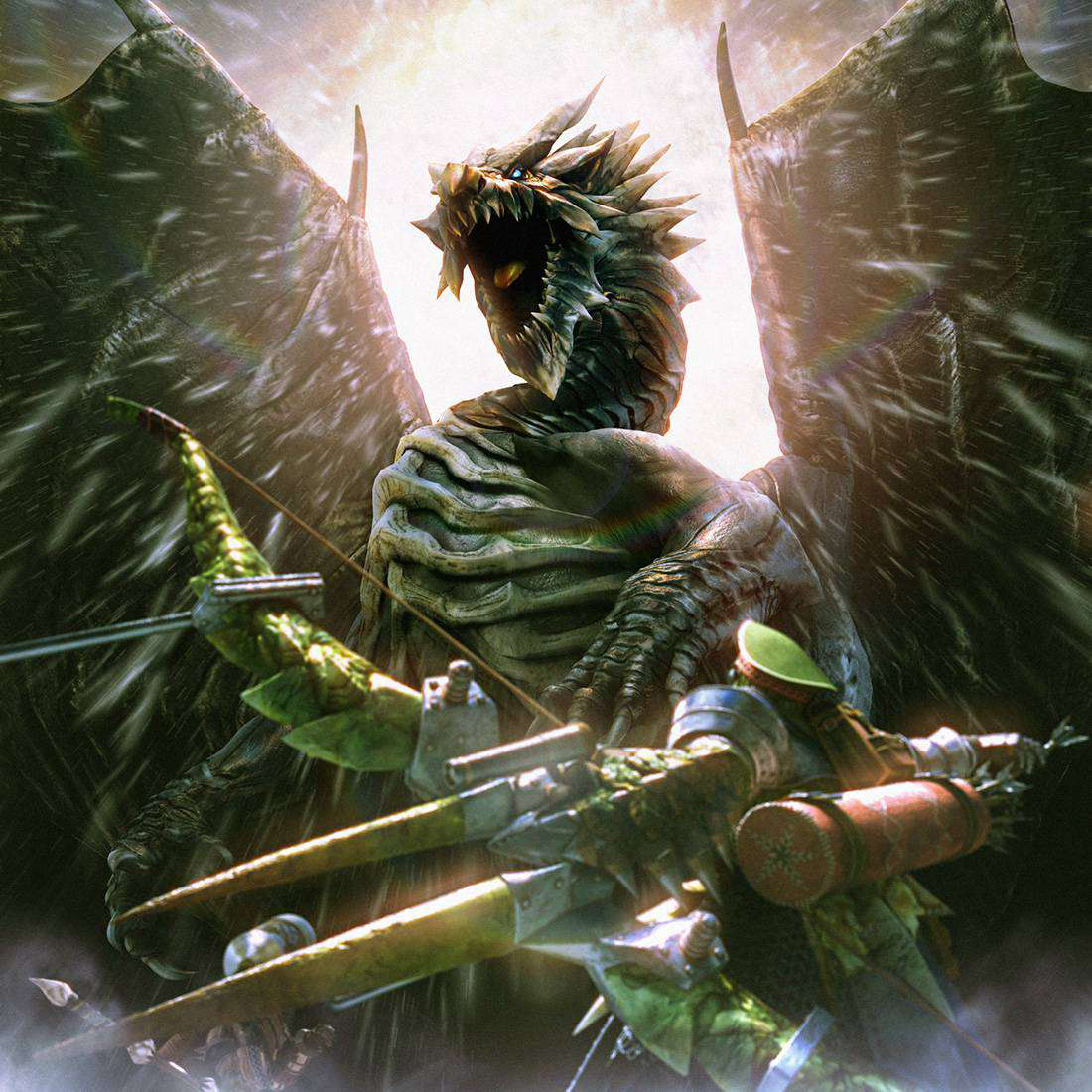
The second generation introduced new weapons that expanded on the foundational designs of the originals, each with unique movesets and mechanics.
Long Sword
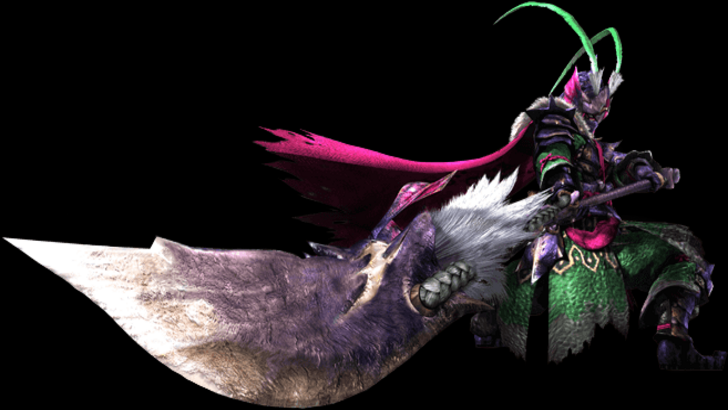
The Long Sword, introduced in Monster Hunter 2, offers fluid combos and high damage. While similar to the Great Sword, it boasts higher mobility and a more free-flowing combo structure, though it lacks blocking capabilities.
Its core mechanic, the Spirit Gauge, was introduced in Monster Hunter 2, filled by landing attacks and enabling the Spirit Combo. Monster Hunter 3 added levels to the Spirit Gauge, culminating in the Spirit Roundslash finisher.
Monster Hunter World enhanced its popularity with the Spirit Thrust Helm Breaker and the Foresight Slash, a parry attack that flows into combos. Iceborne introduced the Iai Stance, further enhancing its dynamic playstyle.
Hunting Horn

The Hunting Horn, introduced in Monster Hunter 2, is known for its support capabilities through the Recital mechanic. Playing different colored notes results in various beneficial effects, such as attack and defense buffs.
While dealing impact damage like the Hammer, the Hunting Horn's damage output is generally lower due to its support focus. Monster Hunter 3 Ultimate allowed notes to be played while attacking, improving its fluidity. Monster Hunter World introduced song queuing and Echo Notes, enhancing its support role.
Monster Hunter Rise overhauled the weapon, simplifying its mechanics and reducing the complexity of song activation, sparking mixed reactions among players.
Gunlance
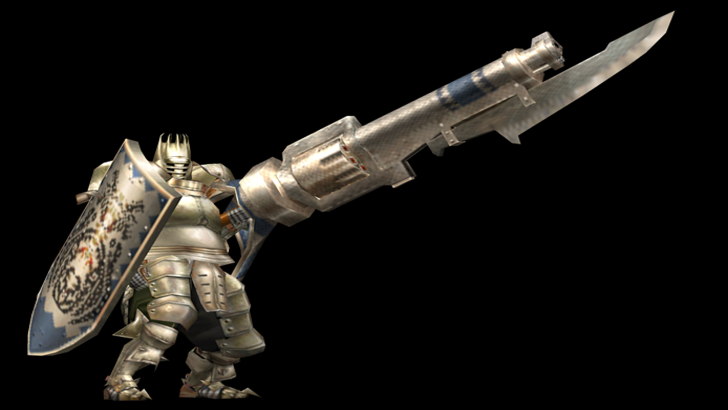
The Gunlance, introduced in the second generation, combines elements of the Lance and Bowgun. It uses explosive shells alongside piercing attacks, with unlimited ammunition that regenerates upon reloading.
Its aggressive playstyle was reinforced in Monster Hunter 3 with quick reloads and the Full Burst attack. Monster Hunter X introduced the Heat Gauge, adding a layer of strategy to its use of shelling. Monster Hunter World added the Wyrmstake Shot, enhancing its damage potential.
The Gunlance's unique mechanics set it apart, requiring a balance between physical attacks and shelling to maximize effectiveness.
Bow
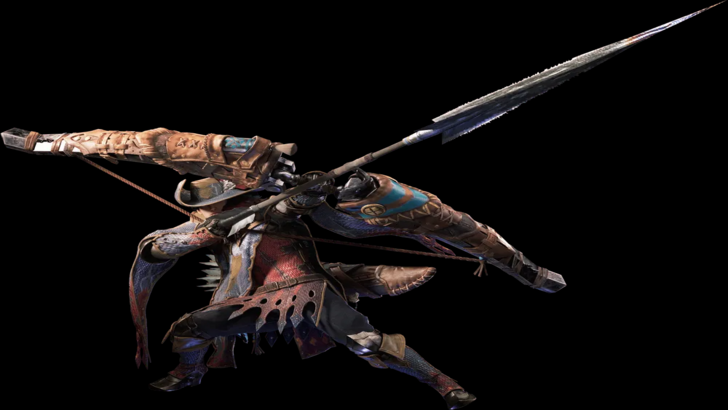
The Bow, introduced in Monster Hunter 2, is the most agile ranged weapon, focusing on close-to-mid-range combat. It uses chargeable attacks and various Coatings to enhance damage or inflict status effects.
Its mobility and fluid combos are its strengths, with the series adding new attacks and simplifying Shot Types over time. Monster Hunter World made its moveset universal and introduced infinite Close-Range Coating. Monster Hunter Rise reintroduced Shot Types tied to charge levels, enhancing its aggressive playstyle.
Third and Fourth Generation
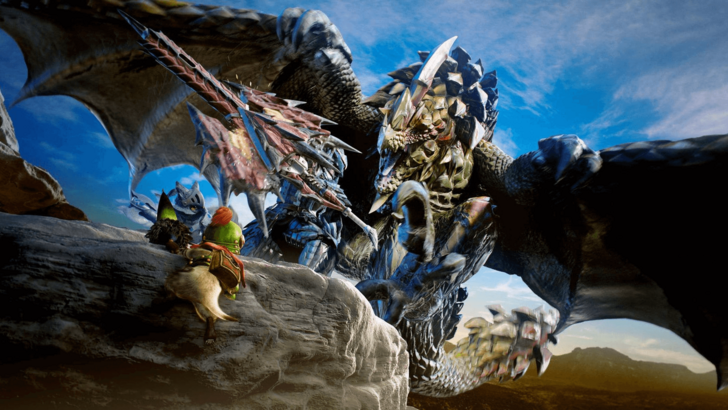
The third and fourth generations introduced new weapons with unique mechanics, including morphing weapons and aerial combat tools.
Switch Axe
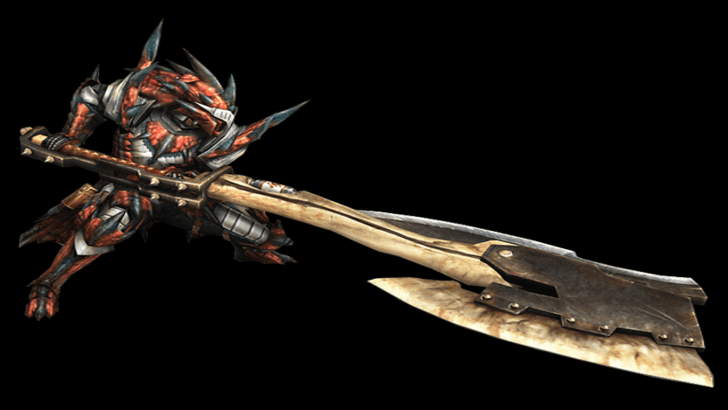
The Switch Axe, introduced in Monster Hunter 3, features two modes: Axe Mode for mobility and Sword Mode for damage. Initially unlocked through a quest, it later became available from the start.
Its gameplay revolves around balancing between modes, with Sword Mode offering quicker swings and the Elemental Discharge finisher. Monster Hunter World introduced the Amped mechanic, enhancing Sword Mode. Monster Hunter Rise extended this to both forms, encouraging mode switching to maximize damage.
Insect Glaive
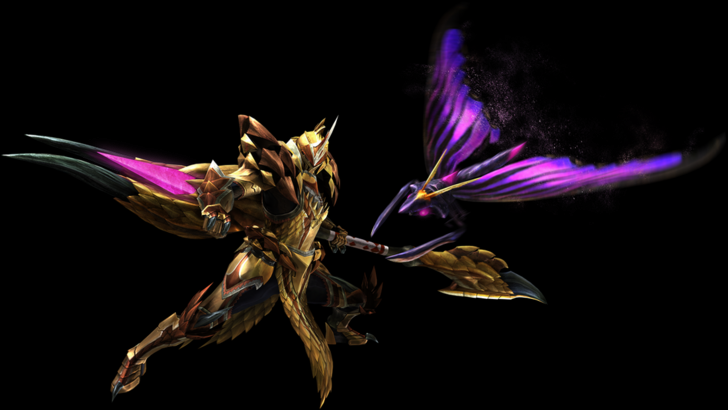
The Insect Glaive, introduced in Monster Hunter 4, specializes in aerial combat, paired with a Kinsect that collects essences for buffs. It excels at mounting monsters, a new mechanic in Monster Hunter 4.
Collecting red, white, and orange essences enhances attack, mobility, and defense, respectively. Monster Hunter World: Iceborne added the Descending Thrust finisher, while Monster Hunter Rise simplified the Kinsect system, making it more accessible.
The Insect Glaive's unique design and aerial capabilities set it apart, offering a dynamic playstyle centered around quick essence collection.
Charge Blade
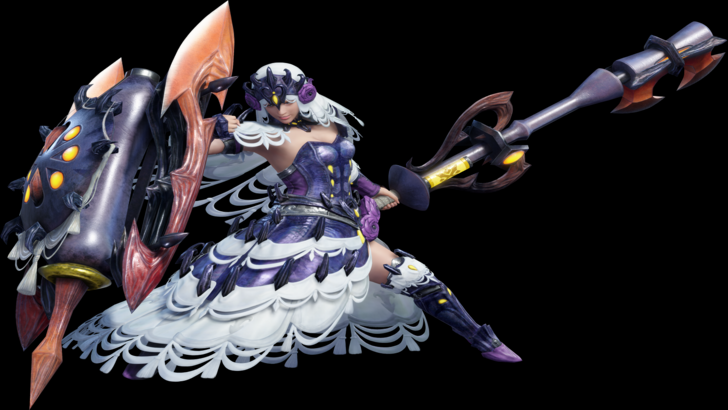
The Charge Blade, introduced in Monster Hunter 4, is a versatile weapon with Sword and Axe Modes. It charges phials in Sword Mode and unleashes them in Axe Mode with the Amped Elemental Discharge.
Known for its complexity, the Charge Blade requires mastering Guard Points to charge phials and transition between modes effectively. Its balanced offense and mechanical depth make it rewarding to master.
Will There Be More?
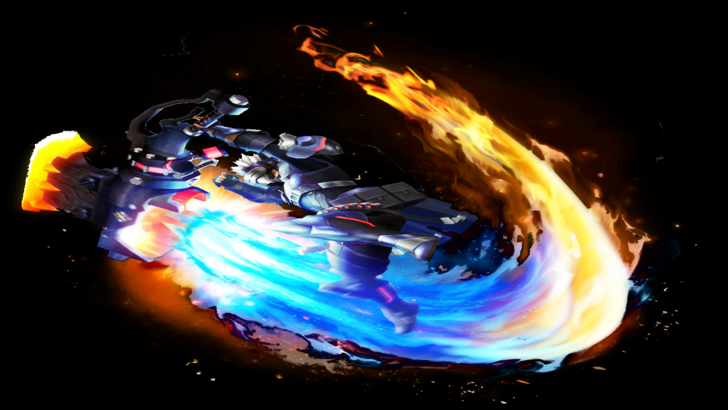
Monster Hunter Wilds will feature fourteen weapons, but the series has a rich history of additional weapons that haven't been included in Western releases. Given the franchise's longevity, future games may introduce new weapons or bring back older ones. As a fan, I look forward to seeing how the series continues to evolve and deepen its gameplay, even if I remain loyal to the Sword and Shield.
You may also like...









![Taffy Tales [v1.07.3a]](https://imgs.xfsxw.com/uploads/32/1719554710667e529623764.jpg)











